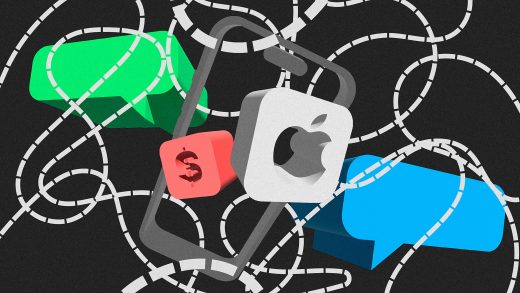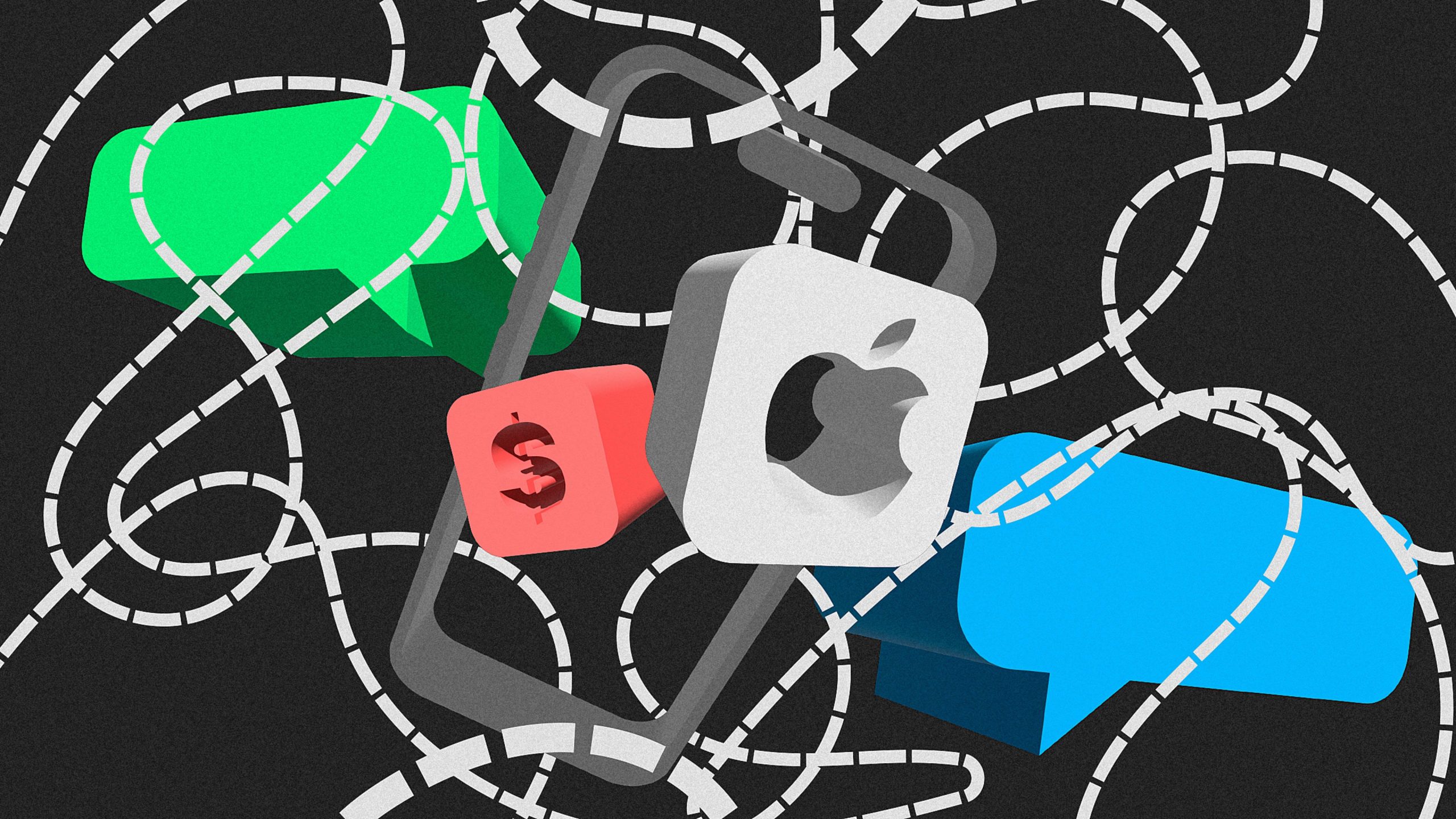Here’s how the Apple antitrust suit could change iPhone design
Your iPhone may never be the same after the U.S. sues Apple. Here’s how
If the Department of Justice gets its way, Apple might be forced to update certain hallmark iOS features.
BY Mark Wilson
There’s a reckoning in Big Tech, as the Department of Justice filed a landmark antitrust lawsuit against Apple, alleging that it has leveraged everything from its App Store to iMessages to create an iPhone monopoly. (The suit follows similar filings against Google and Meta.)
Apple’s suit, in particular, recognizes a growing tension: Apple is a company that’s defined itself through its seamlessly interconnected products that make tasks easier. But at the same time, Apple has leveraged that closed ecosystem to assert even more dominance. Ask any Android user suffering from green-bubble pixelated photos via text messages, or any app developer scratching their head as to why they hand Apple about a third of their revenue to appear in the App Store, and you’ll learn why the $2.6 trillion company is being challenged by regulators. It’s great to be Apple! And terrible not to be.
How this lawsuit plays out is anyone’s guess, but it’s plausible that Apple will have to change significant parts of the iOS experience as a result.
What could these changes look like? As it turns out, we have some recent precedent from the European Union, which, through its Digital Markets Act (DMA), has billed Apple for billions in fines, while forcing the company to update how it promotes its own services, runs its App Store, and handles contactless payments.
Apple just disclosed how it would address the EU’s complaints on March 7 of this year [pdf]. Some of these updates are already live in iOS overseas, and others are still in the works. (Our tester in Spain was unable to find options for different payment options or App Store alternatives.) Notably, the EU could demand further updates from Apple in the months to come, and they will continue to fine Apple if they aren’t satisfied.
But as a starting point, here are three ways that the EU has changed Apple’s iPhone design, and one key way it hasn’t. Consider it a peek into how iOS could follow suit in the U.S. if regulators win. Honestly? Compared to all the extra optionality consumers get from these updates, the extra UX hurdles seem trivial.
The App Store gets some competition
One of the biggest updates to iOS following the EU decision is that it will offer customers the ability to download apps from alternative app stores inside iOS. Developers have had to pay as much as 30% of app-and-subscription costs to Apple, and often, that cost is passed along to the consumer.
Now, Apple has enabled more app sellers in iOS, as long as they first pass Apple’s approval process. To set up new app stores on their phones, EU users just need to hop into Apple’s settings. “Users are able to manage their preferred default app marketplace through a new default setting for app marketplace apps. Platform features for finding and using apps like Spotlight are integrated with a user’s default app marketplace,” the company explains.
Are there any catches for the user? Yes, seemingly small ones, that fall into two buckets.
One bucket is that apps downloaded via another app store might not integrate into all of Apple’s extra services. Apple explains: “Features like restrictions on In-App Purchases in Screen Time, purchase sharing with your Family Sharing group, and Ask to Buy are not supported because the App Store and its private and secure In-App Purchases system are not facilitating purchases in alternative app marketplaces. Screen Time, parental controls, and Spotlight continue to function and maintain Apple’s security, privacy, and safety standards.”
The other bucket is around customer support: Apple is washing its hands of privacy, safety, and functionality claims of apps downloaded in an alternative marketplace. But in terms of core UX, it doesn’t appear integrating alternative app stores affects the user very much.
Safari will offer you an alternative browser
In the EU, regulators decided that Safari was one of the primary “gatekeepers” within iOS that controlled consumers and market behavior. Much like happened in the old days with Windows prioritizing Explorer, Apple was forced by the EU to display more alternatives to web browsing.
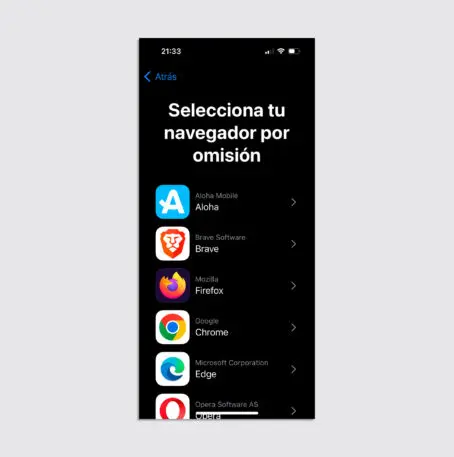
As this has played out so far, Apple has implemented a simple pop-up screen to address the issue. “When users in the EU first open Safari on iOS 17.4, they are prompted to choose their default browser and presented with a list of the main web browsers available in their market to select as their default browser,” the company explains.
That’s it.
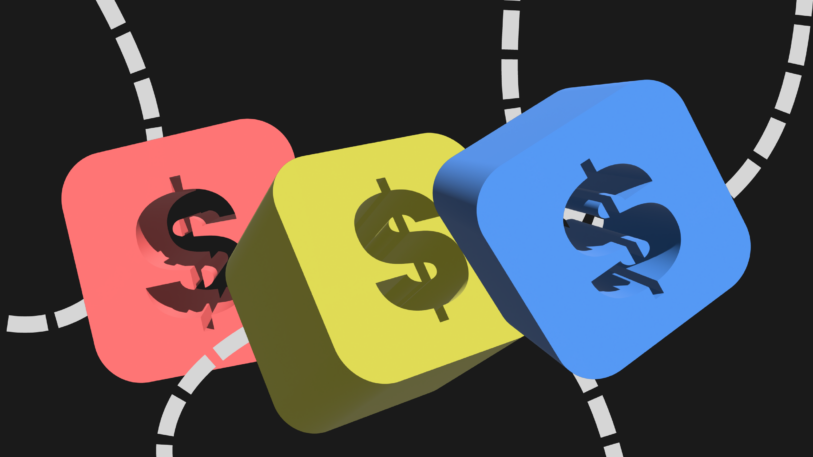
There are more ways to pay than Apple Pay
Apple Pay’s contactless payments are so simple to use that you just tap your phone to a terminal and you’re done. For this convenience, Apple charges banks 0.15% processing fees (Google and Samsung do not charge for their similar platforms), and Apple allows no one else—not Visa, Chase, Paypal, or Capital One—to use its NFC payment technology.
EU regulation has forced Apple to open up its contactless payments abroad. Users can change the payment source in the settings. “Users are able to manage their preferred default contactless payments app through a new default setting, and can select any eligible app adopting the HCE Payments Entitlement as the default,” explains Apple.
After that, it appears that contactless payments will work as they always did, just that instead of Apple Pay, another company is handling the transaction.
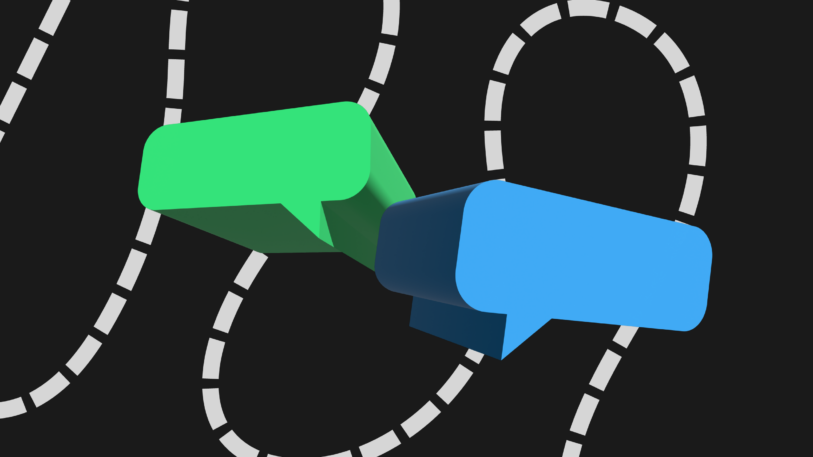
iMessage stays closed, but it could be opened
One of the largest complaints in the DOJ suit—that Apple prioritizes communications through iMessage by green bubbling, removing encryption, and sending compressed images with Android users—was also a point investigated by the EU.
However, iMessage was spared from regulation. It was deemed as less impactful to the market than Safari or the App Store. That decision came down mostly to user behavior. Only about 10% of people in the EU use iMessage, preferring instead to use WhatsApp or similar apps. So Apple’s walled garden is inconsequential to the European market when it comes to messaging.
In the U.S., however, iMessage is a much bigger deal, with 85% of teenagers using it. Apple has even admitted this in internal documents: “The #1 most difficult [reason] to leave the Apple universe app is iMessage. . . . iMessage amounts to serious lock-in,” a former employee wrote in 2016.
Needless to say, the DOJ has more of an argument to regulate iMessage than the EU did. So if Apple did open iMessage to Android, what could that look like? We have some idea! Actually, a service called Beeper Mini demonstrated this concept last year. It successfully looped Android users into encrypted chats, merged old text conversations into Message threads, and turned all the bubbles blue. That way, Apple users couldn’t see who was using iOS or Android to message.
Apple, in turn, blocked Beeper multiple times, citing security risks. But if the DOJ forced the issue, Beeper has demonstrated that iMessage conversations with Android users could feel entirely normal.
All-in-all, it appears that Apple can do a lot to open up iOS’s most significant services without spoiling its otherwise clean, easy-to-grasp UX. Users may juggle a few extra settings or an extra notification now and again, sure, but that’s a small cost for everything we’d get in return.
ABOUT THE AUTHOR
(32)

